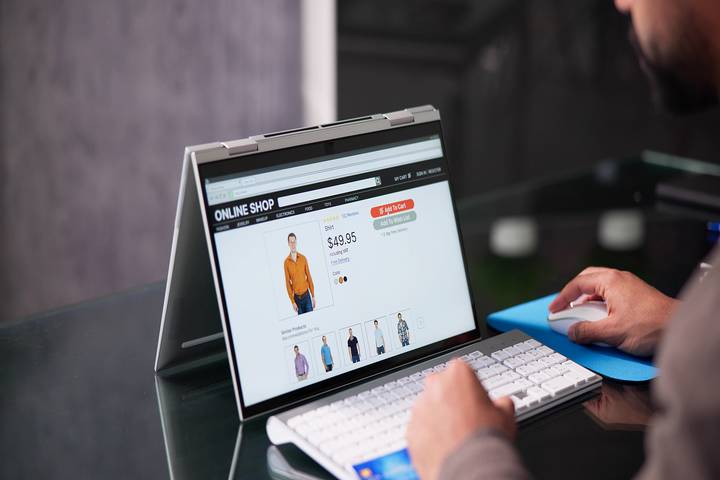How to Sell Products Online and Make Money

Selling products online to make millions is all about identifying the right niche, understanding your target market, and communicating successfully with your customer. Just about everything imaginable can be bought online, and there’s competition. However, if you want to get in the game and have a brand or line of products you think has a real chance, here are the steps to maximize revenues.
Here is how to sell products online.
1. Be Smart and Ready to Work

You may see billions of dollars in eCommerce sales every year and think you can walk away with a few million a day, but it’s not easy. You’ll be hit constantly with roadblocks, challenges, competition, and costs.
There could be shipping, fulfillment, finding new customers, and scalability issues. Be ready to work and be in a committed state of learning. Be the student and work hard to find the answers you need to move forward.
2. Make Sure Your Product Is High-Quality

Before you even think about opening an online shopping website, know what products you’re selling. Ensure they’re high-quality. Sign contracts with suppliers or manufacturers. Have your numbers ready to go for shipping.
Define how you can be profitable. Identify where the cost challenges may be. An easy way to start on a path to successful selling products online is to have a product worth buying.
3. Monitoring Shipping Costs

A major issue with online selling is that shipping costs vary depending on location and service. Free shipping used to be a lot more common in the past than it is today. As a brand, you must decide if you want to absorb the shipping cost, add shipping costs to your advertised product price, or how you wish to proceed.
Negotiating with a shipper can be beneficial for brands shipping a large volume. Your fulfillment center may also have some recommendations. The key to making money is to optimize costs with third party logistics.
4. Establish a Brand

Beyond a high-quality product, you need a strong brand. Find your name. Define your logo and brand colours. Have a catchy title that attracts people to your website. Set up social media accounts under your brand name.
You may want to look at other successful eCommerce brands in your product category to understand what colours, fonts, and styles resonate among your target audience.
5. Carefully Design Your Shopify Website

You need a smart, intuitive, fast website to sell products online. From perfectly-orchestrated landing pages to product pages, visual elements carefully arranged, payment security, and more, there is a lot to work on with a website.
A service like Spotify makes setting up an eCommerce website very easy. For any entrepreneur, it is highly recommended that, unless they’re an expert in web design, going with Spotify or a similar online shopping platform is the easiest web design you can have.
6. Start Online Shopping Digital Marketing

A website is not enough. You’ve got to market. Paid Google ads. Paid social media ads. Work your way out into different channels and on different platforms. Let people know you exist. Post ads with the right hashtags. Show professional-grade photos. Highlight new products.
Marketing is a long game, but once you get momentum moving in your direction, you will see sales and revenues pick up, especially if you’ve done everything else right.
7. Know Your Target Audience

Do market research. As you start marketing, you will want to know who your customers are. Understand how old they are, their annual income, where they live, and what’s important to them.
At the same time, look at trends and how your target customers relate to trends. Look at what the competition is doing right and wrong by your standard. Build buyer personas and use them as you create marketing campaigns, product ads, and more.
8. How You Will Fulfill Orders

There are lots of ways to fulfill your product orders. You can do it yourself, which can be costly and time-consuming, but many entrepreneurs start here.
Another way is to use Shopify fulfillment services. They will take care of your fulfillment, vastly simplifying fulfillment and shipping. At that point, all you have to do is focus on growing your business with the numbers, the website, and marketing. You can always adjust as well if costs or demand changes.
9. Monitor All Your Analytics for Profitability

Look at your numbers on an ongoing basis. See what products are selling and what isn’t. See what product pages are receiving clicks on the Google search engine.
See what social media posts are getting likes and comments. See your bounce rate, cart abandonment rate, and other key information you receive from customer behaviour. Finding many places to improve is not atypical, which is a good thing. The more efficient you are at selling products online, the more profitable everything is.


